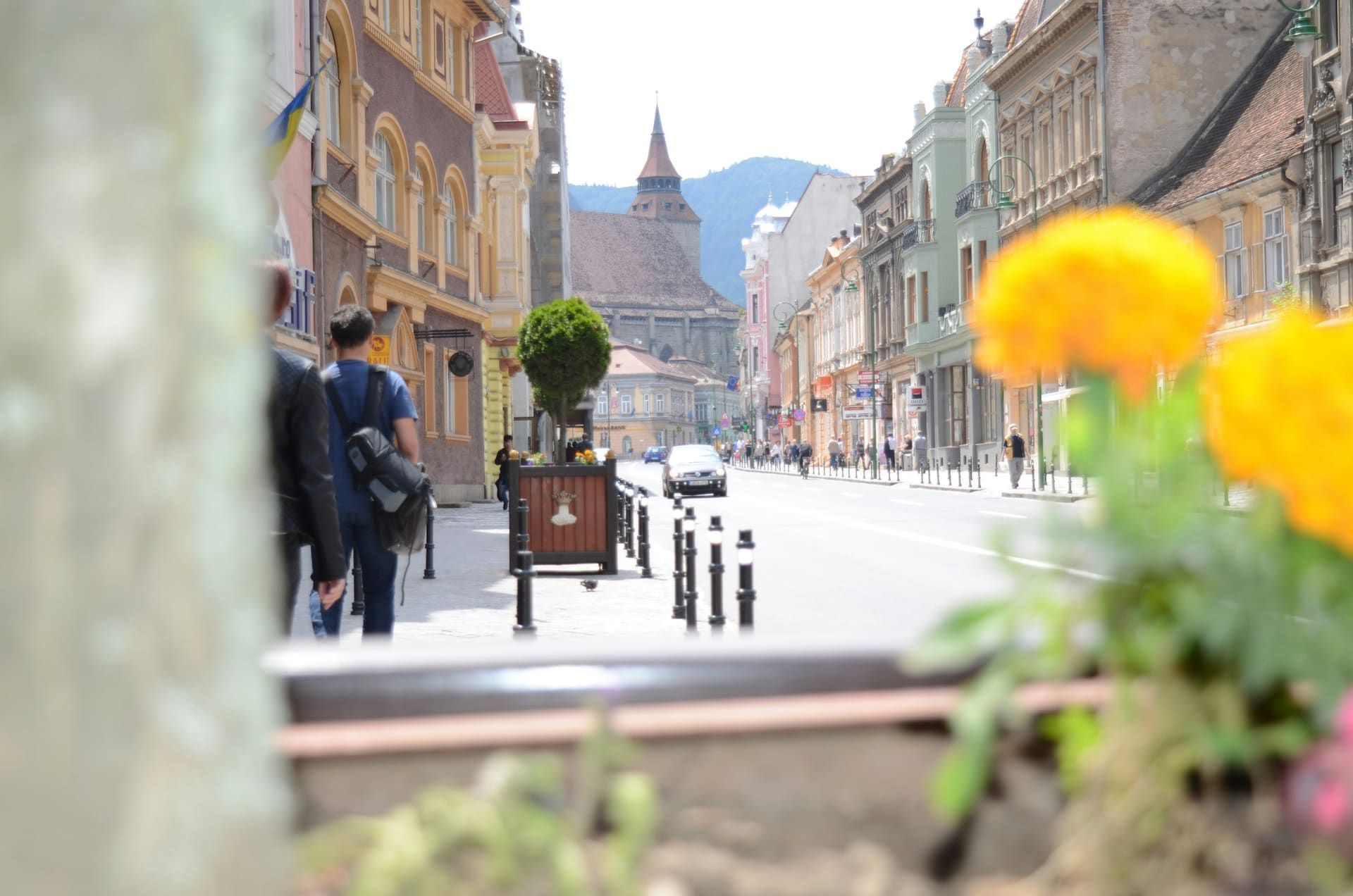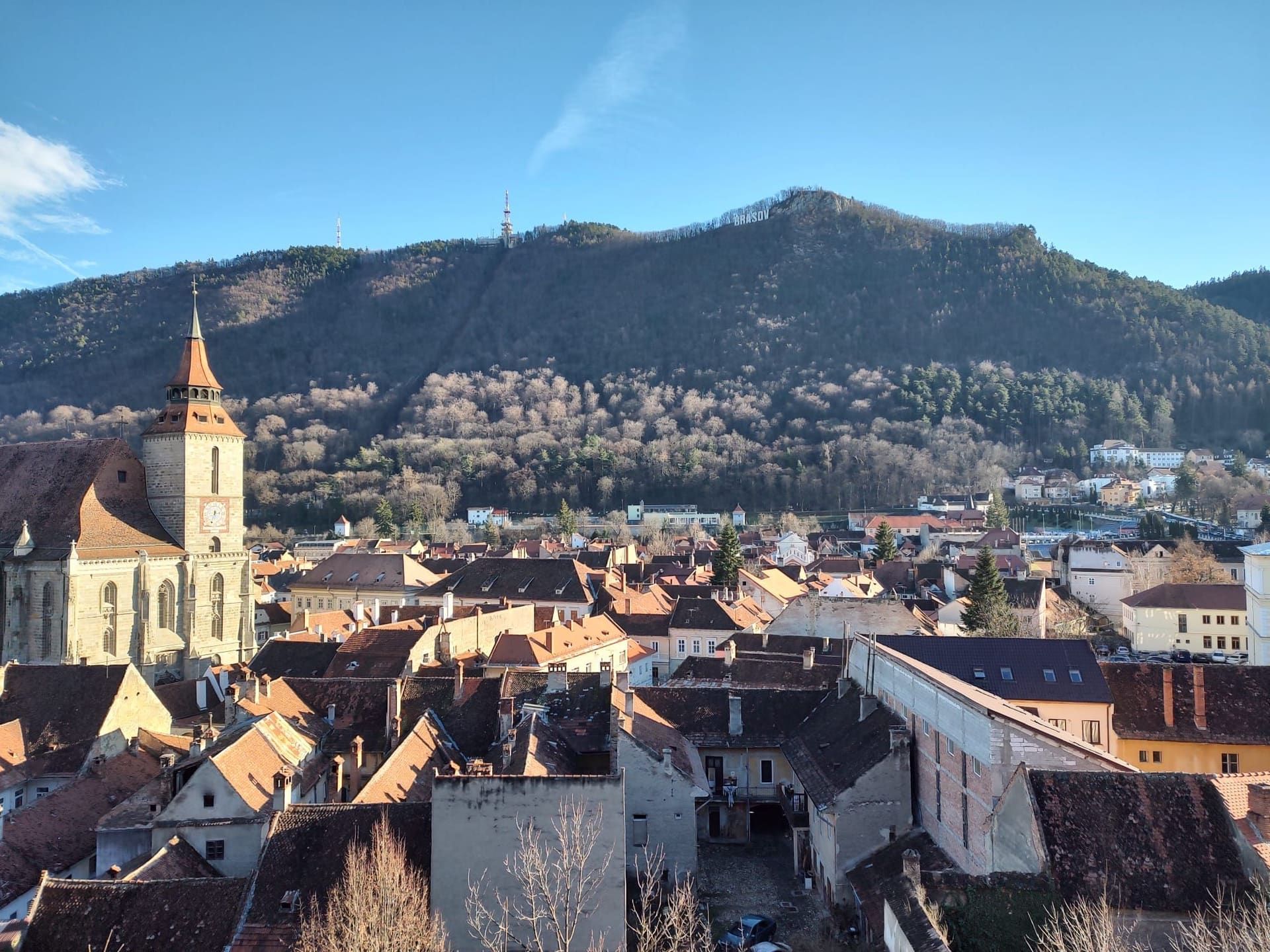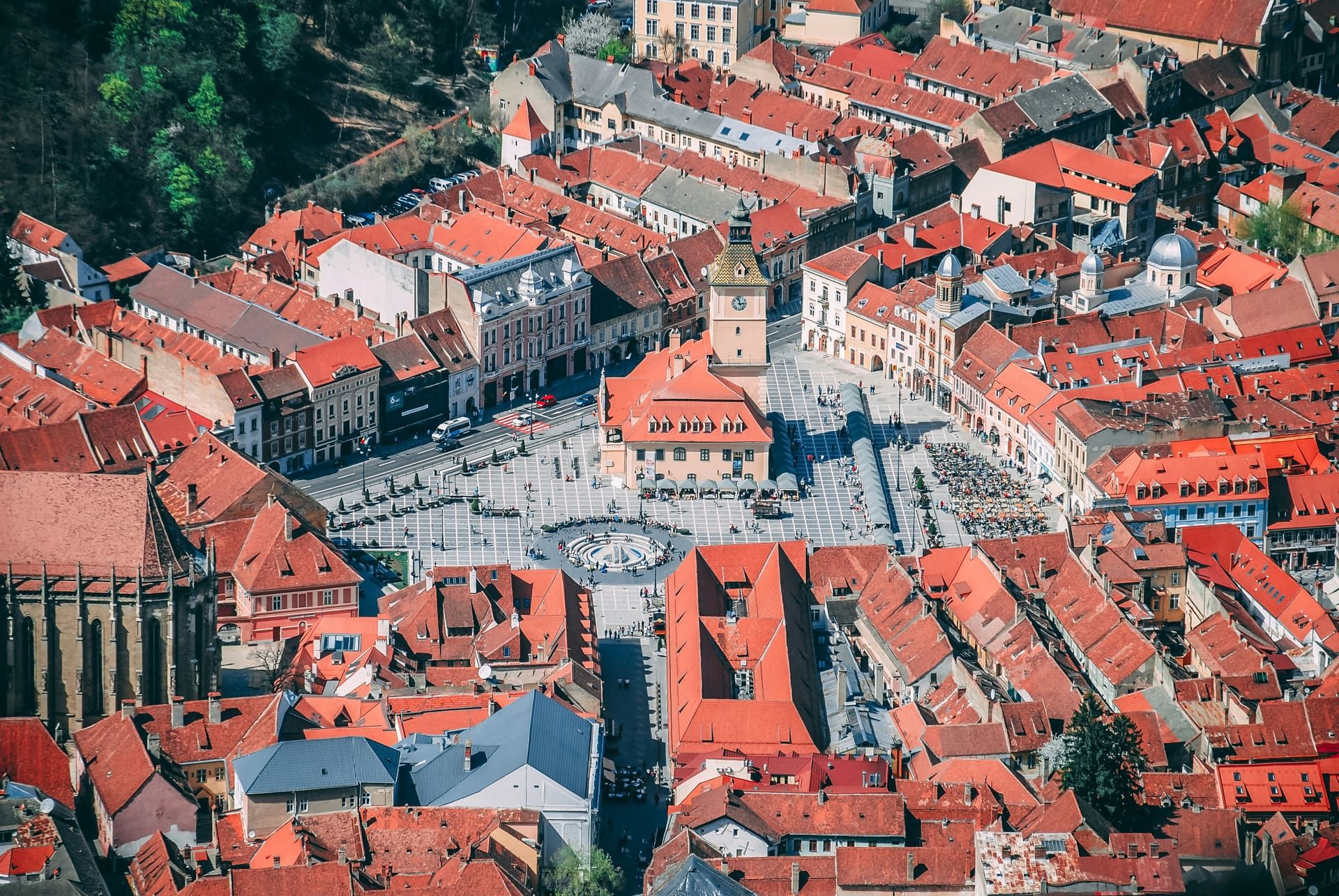
Brașov's Black Church Guide: Timeline & Visit Tips
See why the Black Church defines Brașov’s skyline, how the 1383–1477 build survived the 1689 fire, and what to know before stepping inside its organ hall.
Black Church
- Location: Curtea Johannes Honterus 2, Brașov 500025, Romania
- Coordinates: 45.6409, 25.5875
- Opening Hours: Varies by season. Check official website.
- Tickets: Purchase at the entrance. Check official website for prices.
Why the Black Church matters to Brașov
It’s impossible to imagine Brașov without the Black Church. Anchoring the southern edge of the Council Square, its colossal frame doesn’t justdominate the skyline—it is the skyline. Whether you’re navigating the Old Town on a leisurely walk or just grabbing a coffee, its 65-meter tower acts as a constant, reassuring landmark. Completed in 1477 by the Transylvanian Saxons, this Gothic masterpiece is the largest of its kind east of Vienna, a silent witness to centuries of history.
That familiar silhouette follows you everywhere. Catch a glimpse of its steep, tiled roof from the trails of Tâmpa Mountain, spot it between the old fortress bastions, or simply admire it while crossing the square towards the candy-colored guild houses detailed in our Brașov city guide. It’s more than a monument; it’s an active Evangelical Lutheran church. Remember to tread softly and respect the quiet hum of services and conservation work—it’s all part of the profound experience of visiting.
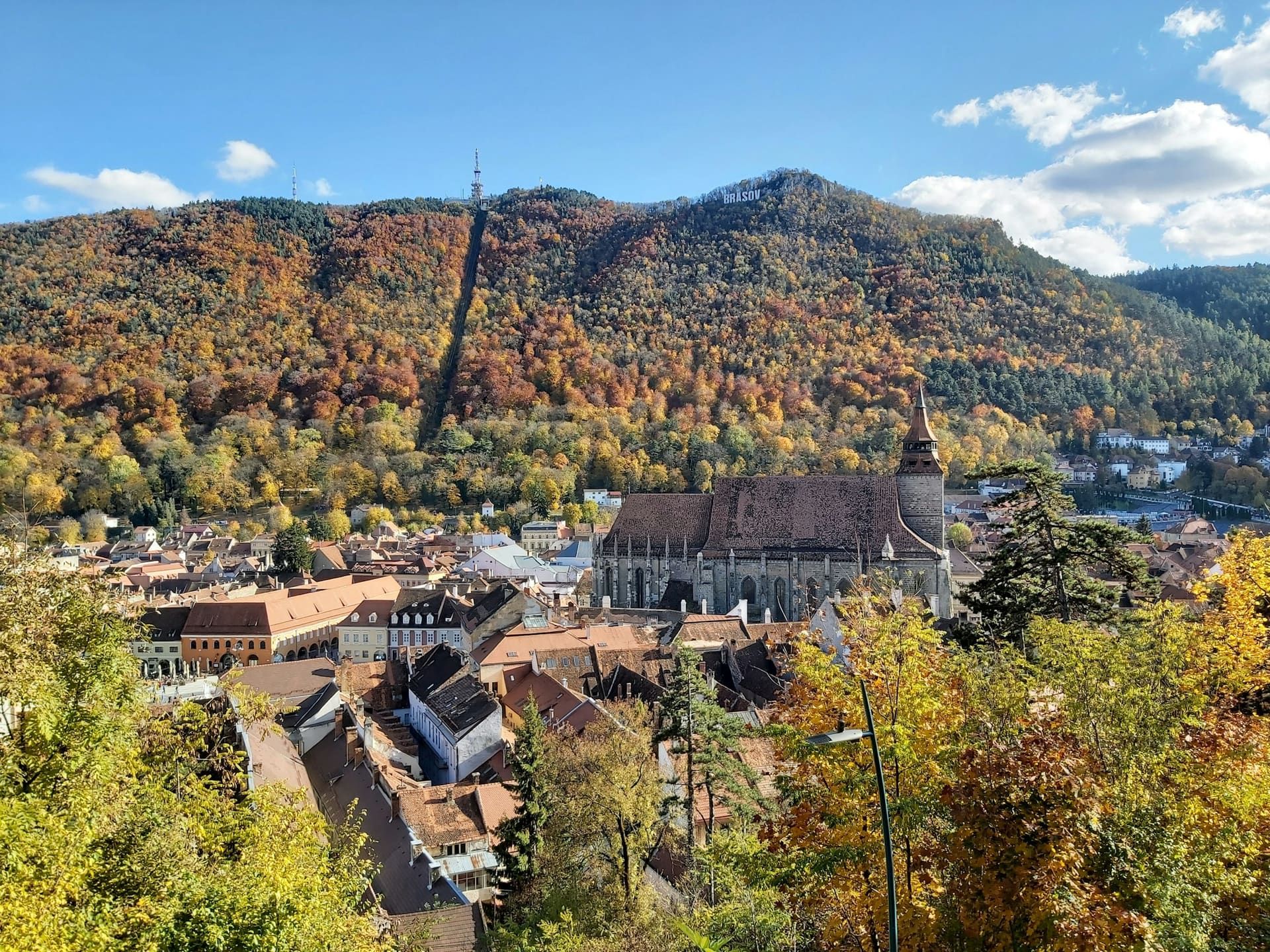
Construction
1383–1477
Started as St. Mary’s Church; completed after Ottoman attacks delayed the Gothic build.Dimensions
90 m × 37 m
The nave can hold about 5,000 people, a true hall church built for the Saxon community.Bell
6-ton bronze
Romania’s heaviest mobile church bell hangs in the southern tower.Collections
190+ carpets
Eastern Anatolian carpets donated by merchants drape the pews and galleries.
A Story of Fire & Resilience
Construction on what was then St. Mary’s Church began in 1383, but history had other plans. Slowed by persistent Ottoman and Tatar raids, the project crawled forward for decades. Then came the Great Fire of 1689, a devastating blaze that swept through Brașov, consuming homes and blackening the church’s stone vaults. From those ashes, a new name was born: the Black Church. While its late-Gothic buttresses and intricate portals whisper of its medieval origins, the elegant Baroque rooflines and high windows tell a story of 18th-century reconstruction and rebirth.
To truly feel this history, take a walk down Curtea Johannes Honterus, the quiet lane that hugs the church’s apse. As you trace the old city walls, featured in our iconic buildings roundup, you’ll notice something remarkable. The parish has left patches of the facade intentionally scorched—a raw, visual reminder of the fire that forever changed its identity. It’s a powerful, tangible connection to the past.
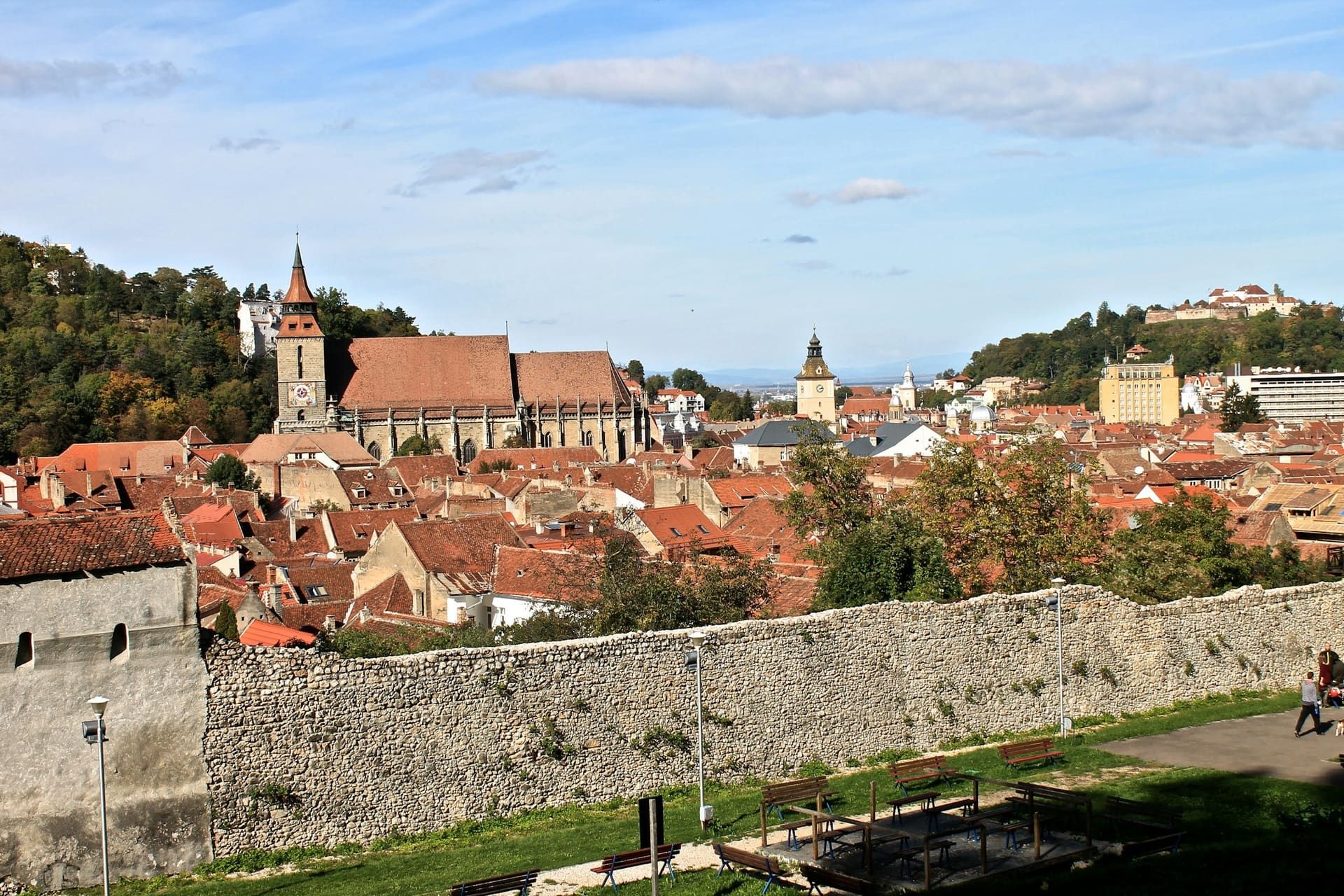
Before stepping inside, pause beside the statue of Johannes Honterus—the scholar who steered Brașov toward the Reformation and became the first Evangelical pastor here in 1542. His monument stands on the north flank, where you can also trace cannonball scars on the outer walls.

What Awaits You Inside
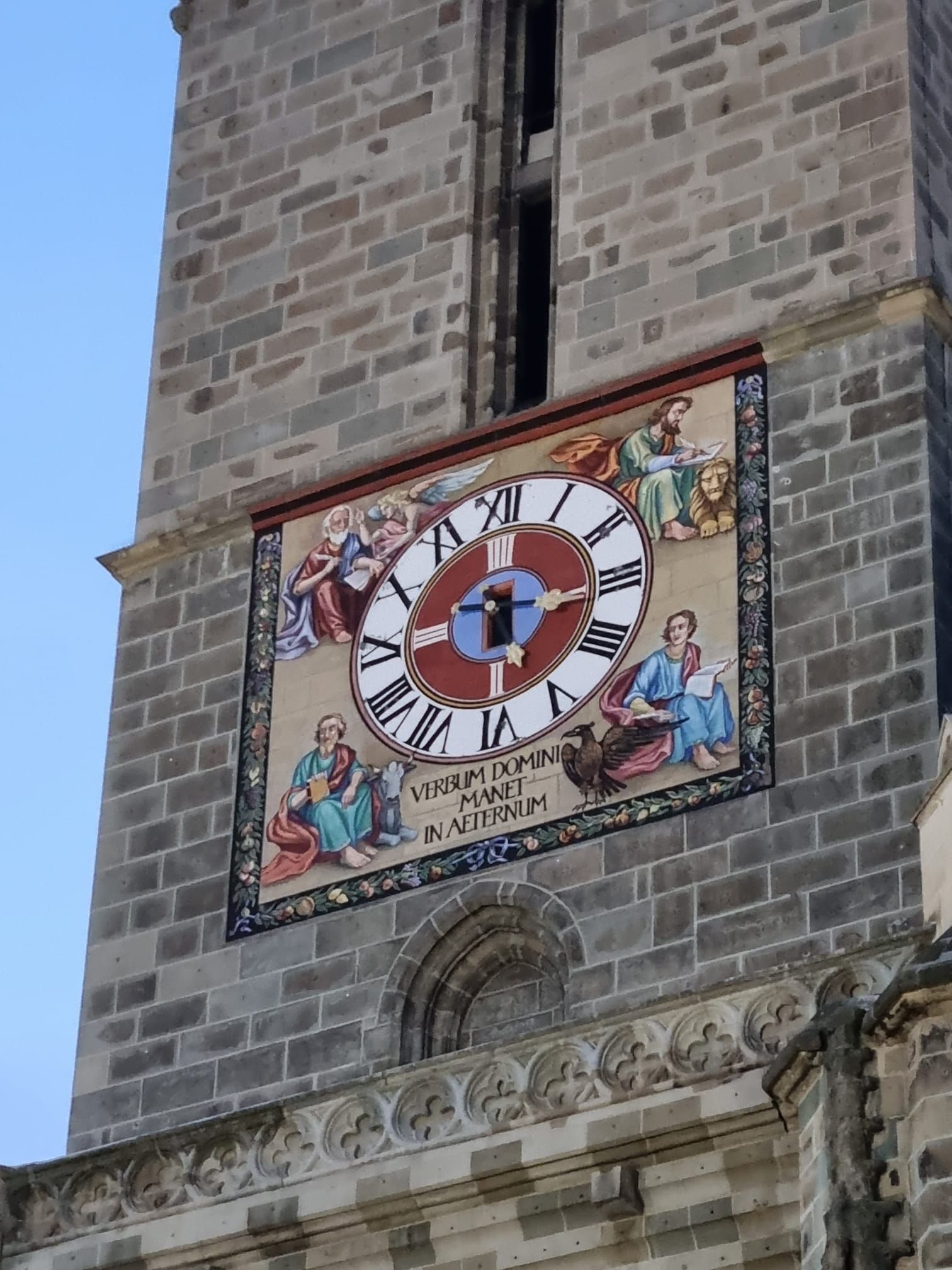
Step inside, and the sheer scale of the hall church takes your breath away. The soaring, ribbed vaults were engineered for acoustics, a fact that becomes magnificently clear during the summer organ concerts, which often sell out. The star of the show is the 19th-century Buchholz organ—a masterpiece of 4,000 pipes and four manuals that remains the largest mechanical organ in Romania. As its powerful notes fill the space, you can almost feel the history vibrating through the stone. Look opposite the pulpit, and you’ll spot medieval coats of arms and faint fragments of pre-Reformation frescoes, ghosts of the church’s first life that somehow survived the flames.
But it’s the carpets that truly transform the space. Between the 15th and 17th centuries, Saxon merchants returning from their trade journeys in the East donated over 190 Anatolian carpets. Draped from the galleries and adorning the side chapels, their rich colors and intricate patterns create a stunning, warm contrast to the cool gray stone. It’s the largest collection of its kind in Europe, a vibrant, silent testament to Brașov’s history as a commercial crossroads. You can learn more about their journey on our Brașov museum trail.
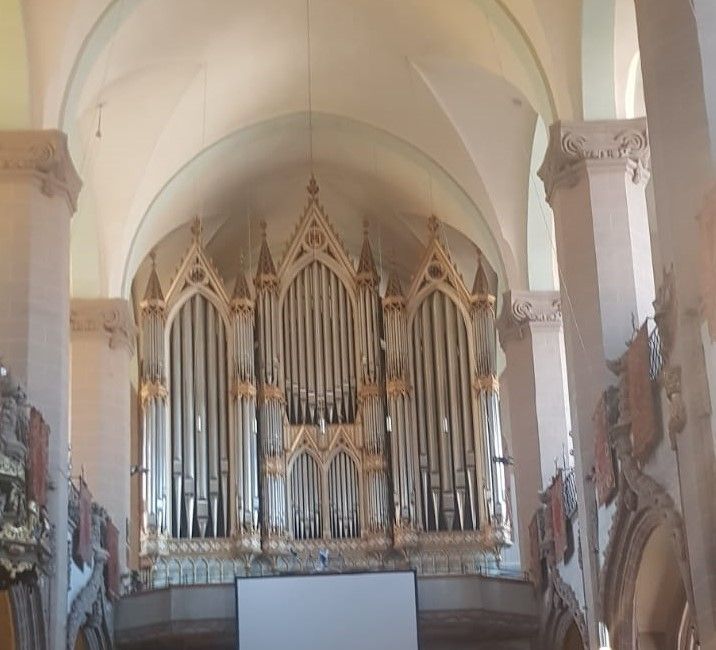
A quick heads-up: photography is a no-go during services and concerts, so plan accordingly. It’s a good idea to have some cash on hand for the modest admission fee. I highly recommend picking up the concise guidebook sold near the exit; it’s packed with floor plans and fascinating details about the oriental textiles you’ve just admired.
Plan Your Visit: The Essentials
Visiting hours at the Black Church are seasonal. Here’s a simple breakdown:
-
Summer (April 1 - Oct 15): Tue–Sat 10:00–19:00, Sun & Mon 12:00–19:00.
-
Winter (Oct 16 - Mar 31): Tue–Sat 10:00–18:00, Sun & Mon 12:00–18:00.
Keep in mind that organ concerts can affect these times, and last entry is always 20 minutes before closing.
Need firm times, ticket prices, or a guided visit? Check the official opening-hours page or email guide@biserica-neagra.ro—private tours currently start at 60 lei per group plus admission.
Make the most of your time in the area by pairing your church visit with other nearby gems. Explore the viewpoint-laden bastions from our walking ideas, grab a bite at the bustling food halls in the Brașov market guide, or even plan a day trip beyond the city with our Bucharest–Brașov transport tips. And if the skies open up? Don’t worry, our rainy-day playbook has you covered with cozy cafés and fascinating museums just a five-minute walk away.
